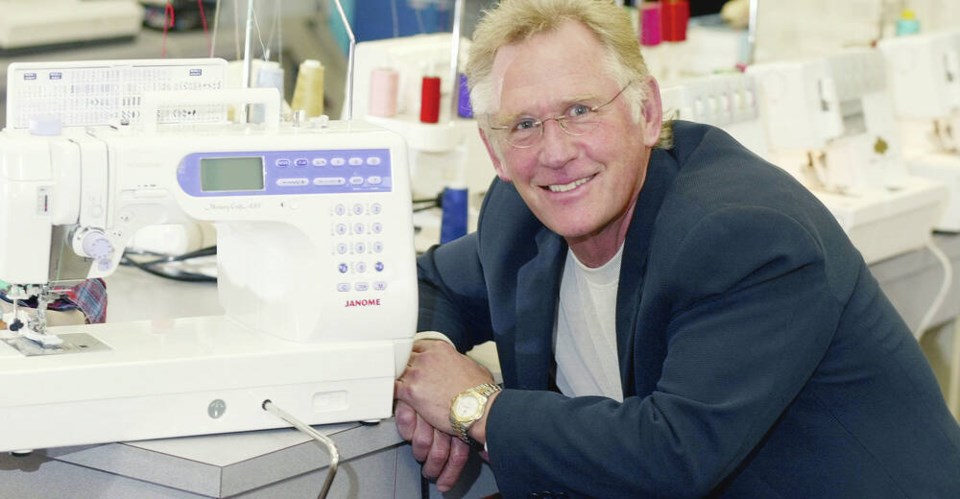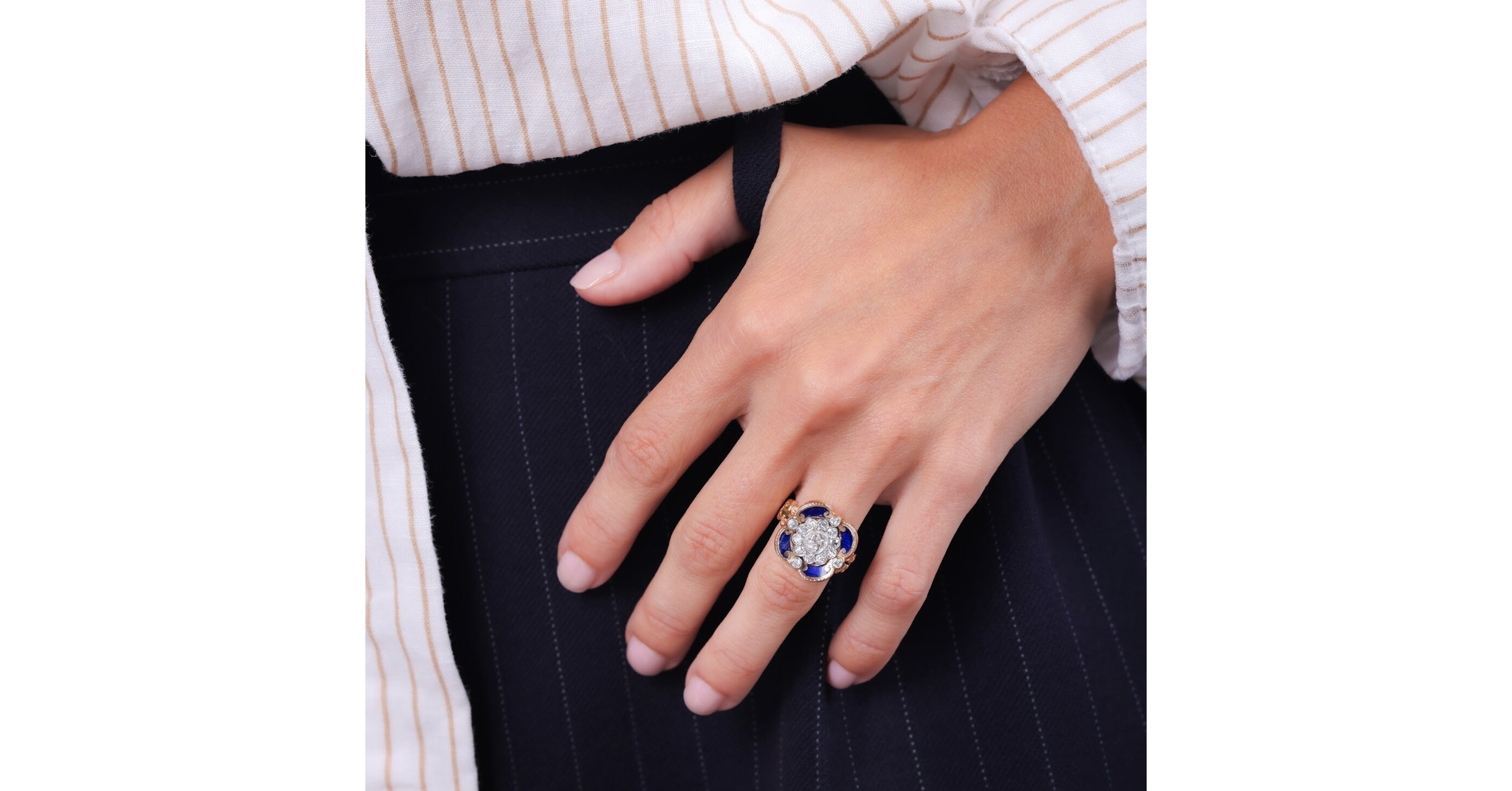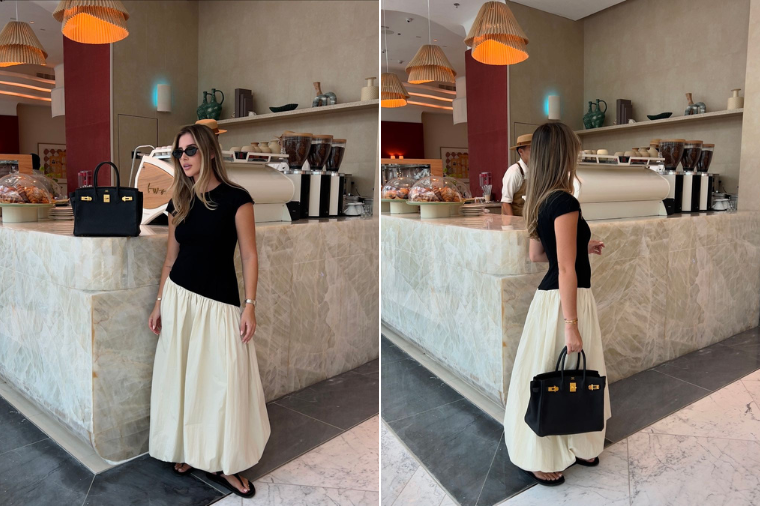The stuffy, 35-degree stairwell is crowded with 30 girls. Dressed in sweatpants, t-shirts and sneakers, they form a queue that snakes down to the floor below. There, behind two closed doors, is the jury.
Every step forward increases the tension. The girls, from twelve years and upwards, take sips of water, rock back and forth to the music in their headphones and sing along quietly to their song. One girl puts a hand to her chest to calm her heartbeat.
Mapo gu district in Seoul, the capitol of South Korea. This June evening a spark of hope will be kindled in some of the girls’ hearts. For others it will be extinguished.
They all dream of becoming K-pop stars. Since the 2012 breakthrough of Psy with "Gangnam style", this well-oiled machine has grown into a global phenomenon. The korean music industry is now the world's sixth largest with supergroups such as BTS, Blackpink and (G)I-dle.
Hundreds of thousands of girls and boys invest their time, sweat and money. Despite the fact that there are more than 250 label-backed groups on the market and between 70-80 new ones make their debut every year, only a fraction of the hopefuls succeed. 50 record companies scour the world for talent.
Auditions are held online and at a number of physical locations, mainly in Asia and the U.S. Today the scouts are here at the private dance school, K-pop art school.
Foreigners are also encouraged to try their luck in K-pop. The most common nationalities are japanese and chinese, but here at the sta.


















